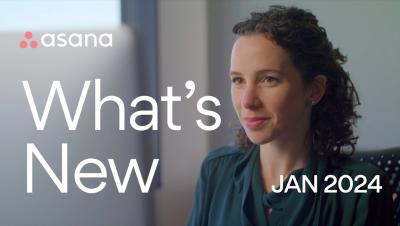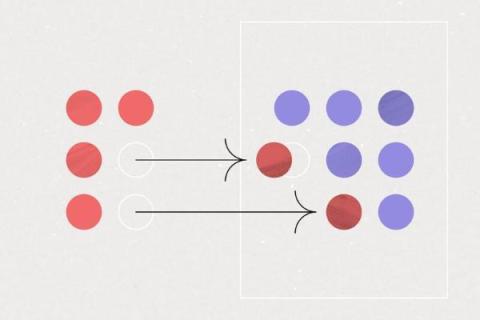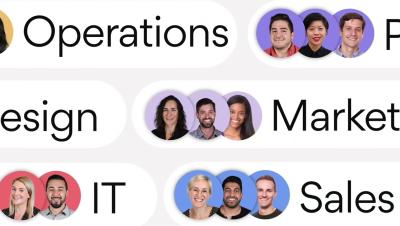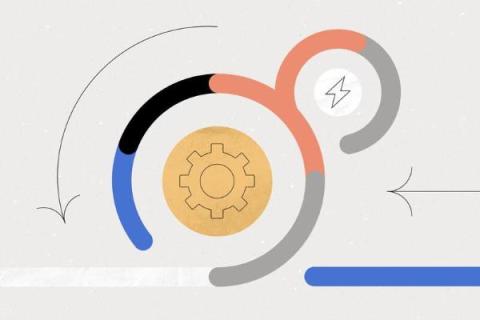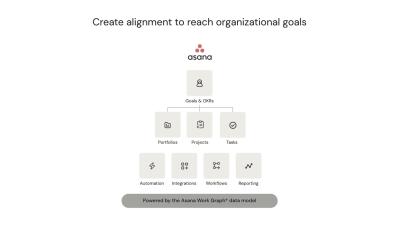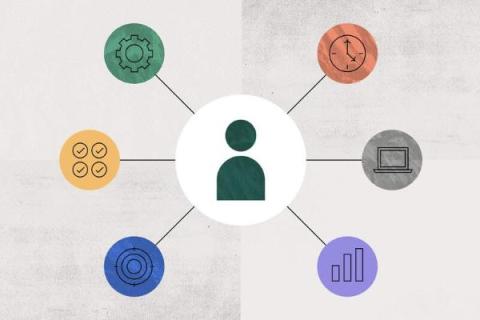Teams | Collaboration | Customer Service | Project Management
January 2024
Project portfolio management 101
What is a flowchart? Symbols and types explained
Marketing campaign management: 7 steps for success
What is creative production? The 6-step process
Burnout: 20 signs, causes, and how to prevent it
Work Innovators: Predictions to transform your organization in 2024
What is resource management? A guide to getting started
What is strategic planning? A 5-step guide
What is a bill of materials (BOM)? Free template and examples
4 steps to create an effective employee onboarding process
Free SOP template: A standard operating procedures guide
Timeboxing: The goal-oriented time management technique
Timeboxing is a simple but efficient time management method where you set an allotted time to work on a task, then evaluate your progress afterward. This gives you valuable control over your schedule. Because the timeboxing technique is so versatile, you can apply it to both project management tasks and your day-to-day to-do lists. We’ve all had that 30-minute task that spirals out of control and takes up a whole day’s work.
What's new in Asana | January 2024
How to create a perceptual map: Perceptual mapping template
A perceptual map is a chart used to illustrate where a product or brand and its competitors are positioned according to consumer perception. Learn how your brand can unlock industry insights through perceptual maps and identify paths into new marketplaces. When it comes to positioning your brand or product in the marketplace, consumer perception is king. But for marketers, it can be difficult to distinguish between your actual position and where you perceive yourself to be.
What is a contingency plan? A guide to contingency planning
A business contingency plan is a backup strategy for your team or organization. It lays out how you’ll respond if unforeseen events knock your plans off track—like how you’ll pivot if you lose a key client, or what you’ll do if your software service goes down for more than three hours. Get step-by-step instructions to create an effective contingency plan, so if the unexpected happens, your team can spring into action and get things back on track.
What is resource allocation? Learn how to allocate resources
Project managers and teams can struggle to make balanced resource allocation decisions, often opting for too much or too little. But the key to navigating this delicate balance is continuous adjustment and real-time responsiveness to project needs. This approach ensures that resources are optimally utilized, preventing both surplus and shortfall and steering towards project success with precision and efficiency. When you think of the most important elements of project planning, what comes to mind?
What is proof of concept (POC)? Writing guide with examples
A proof of concept (POC) demonstrates the feasibility of a proposed product, method, or idea. You must prove why your idea will work in the real world, so stakeholders and investors feel comfortable moving forward with the project. In this piece, we’ll explain how to write a POC and why this presentation is a beneficial part of product development. Before you spend time, money, and energy on a project, it makes sense to research whether your idea is worthwhile.
27 project plan templates to kickstart your best work
We all love it when a project runs smoothly. When there’s a clear plan, everyone knows what needs to get done, and they follow deadlines, projects tend to get completed on time and within budget. But all that doesn’t just happen—it takes a lot of careful planning. Project planning takes time, and tends to require a lot of manual, repetitive work—like defining project goals, creating timelines, drafting tasks, and distributing information to stakeholders and collaborators.
6 tactics for scaling resource management in enterprise orgs
Managing resources effectively is crucial for large enterprises to succeed. As organizations grow in size and complexity, work that was once manageable becomes a multifaceted challenge as more projects, cross-functional teams, and objectives enter the mix. Often, enterprise leaders find themselves tackling demands and shifting priorities to maintain efficient and effective resource management.
Project tracking 101: A guide to tracking projects effectively
When team members struggle to understand their individual responsibilities and deadlines, it can lead to confusion and delays. And without a clear view of a team’s project progress, it's difficult for managers to identify which tasks are lagging behind or need immediate attention. Project tracking addresses these issues by providing a transparent and real-time overview of all tasks, responsibilities, and due dates, ensuring everyone is aligned and on schedule.
5 innovative ways to encourage AI adoption in your org
In the evolving landscape of AI, sticking strictly to the traditional playbook is unlikely to yield the best results. Integrating new technology like AI into your business operations is often met with resistance. It's human nature—we're generally wary of change. To truly get your employees on board with AI, you'll need to think differently. Flipping the script on conventional wisdom could be the catalyst you need for change.
How to automate repetitive tasks in 5 steps
Your team is in a relentless, repetitive cycle: manually updating project statuses, sorting through work requests, and dealing with endless email threads—tasks that demand attention but add little to your organization’s strategic goals. This scenario is all too common in today’s enterprises, where manual tasks eat into valuable resources and sideline core objectives. That’s where automation comes in.
6 steps for operations leaders to build a better annual plan
An effective annual plan is critical to keep your teams, departments, and company together, working toward the same goals. As an operations leader, you oversee how your organization runs its business. By reviewing how your company performed in the past year, you and your operations teams can identify which strategies worked—and which fell short—to build an effective annual plan designed to maximize the impact of every department.
What is Asana?
How 3 world-class teams streamline creative production at scale
From billboard ads to social media posts, high-quality creative assets are essential to make your brand stand out. But the larger your company, the harder it is to coordinate all the moving parts of creative production. That doesn’t mean it’s not possible. These three enterprise companies—Discovery Inc., Benefit Cosmetics, and Dr. Martens—have all cracked the code on large-scale creative production.
How Startups use Asana
How Startups build workflows with Asana
How Startups build goals in Asana
8 tips from best-in-class IT leaders on AI and role changes
Navigating the ever-changing technological landscape is a critical challenge for today's IT leaders—but it doesn’t have to be done alone. At The Work Innovation Summit, top IT executives from Slack, Zscaler, and Asana weighed in, discussing strategies for effectively navigating technological advancements, with a particular focus on AI.
How to Asana: Plan your day
How to Asana: Invite teammates to Asana
How to Asana Find anything with Advanced Search 1
Client management: Tips to attract and retain happy clients
Great client management will not only make it more enjoyable for your team to work with your clients, but it will also benefit your business in the long run. Besides making it easier to retain clients, happy clients also tend to give referrals and bring in new business. We’ll cover best practices for client relationship management, client management pitfalls you should look out for, as well as how you can use business integrations to keep your team on track and your clients happy.















